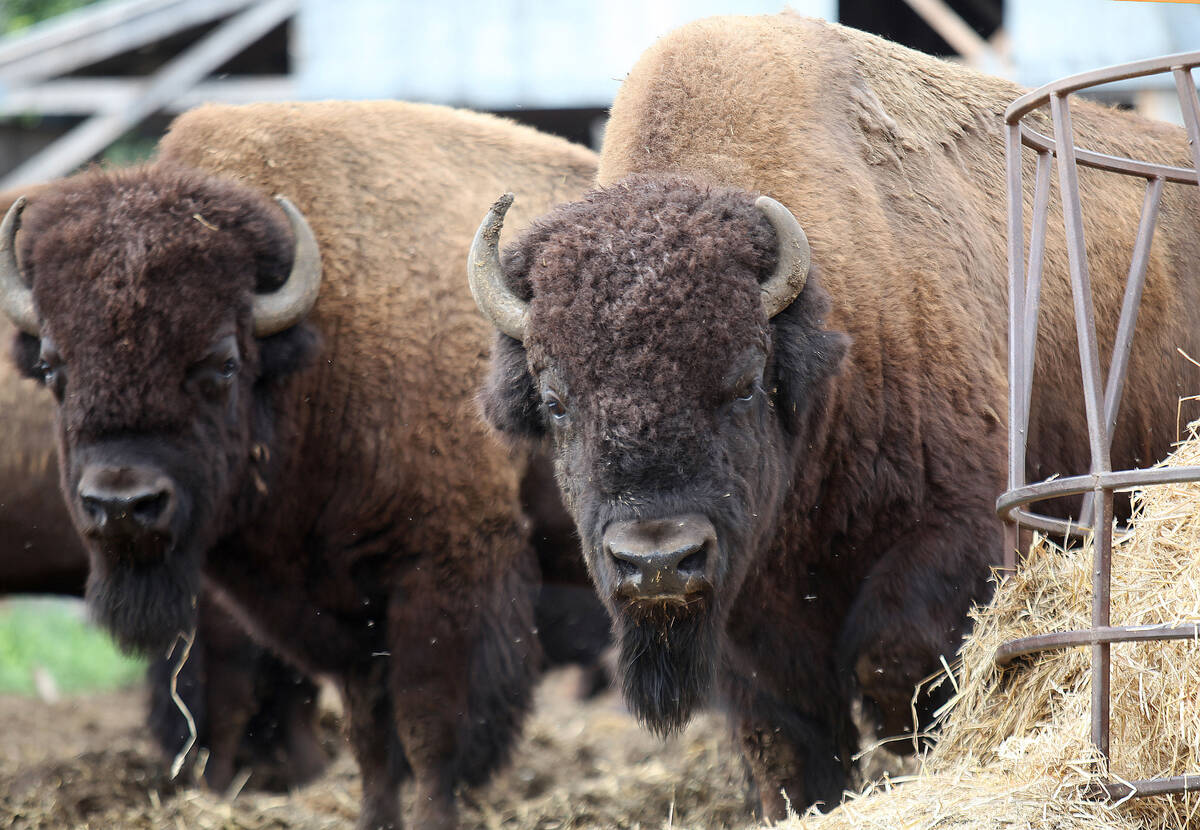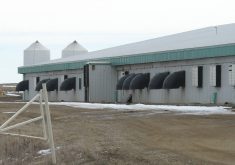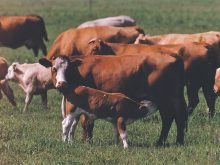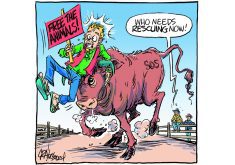When humans want to be comfortable outdoors for long periods of time it is important to eat a high energy breakfast, stop for a midday meal and perhaps take something to snack on.
We put on multiple layers of clothes to stay warm. Fat under our skin and abdominal fat helps us stay warm. When resting we do not sit or lay on the frozen ground. Cold temperatures and wind can make the heat loss worse, which is why hiking trails are usually in well-protected valleys or forested areas.
Read Also

Reconciliation and farming require co-operation to move ahead
Indigenous communities in North America were cultivating crops such as potatoes and corn long before anyone from Europe had heard of the crops.
Animals also need to stay warm in the winter. They need large amounts of good quality feed, as often as needed to meet their energy needs. This is especially true for horses, whose stomach is 1/12th the size of that of a cow. The feed should be spaced so all animals, including the less dominant, can meet their energy and nutrient needs.
A healthy layer of fat in the interior of an animal’s body and under their skin provides insulation and helps them stay warm (thermoregulate). Fat is at least twice as good at providing insulation than are muscles.
Muscles generate warmth when animals walk or run, and helps retain heat in the interior of the animal. With muscle loss, heat generation is reduced. Thick skin is an insulator, as is along thick hair coat.
Windbreaks sufficiently tall and long to protect all animals from the wind, regardless of the direction it blows, can reduce heat loss and energy needs by 20 percent. Lots of straw bedding near the windbreaks for the animals to lay on can reduce heat loss and energy needs by 20 percent.
Without sufficient water, livestock reduce the amount they eat. Water is necessary for fermentation and heat production in the horse’s cecum and the cow’s rumen. If livestock eat snow, melting the snow in their stomach uses up a lot of energy. Heavy lice infestation reduces the quality of the haircoat, thereby reducing its insulation value.
Most farmers and ranchers in Saskatchewan do an excellent job of providing feed, windbreaks and bedding for their animals.
Sometimes, a few animals may be in marginal or poor body condition. The bones of their shoulders and body can be seen through their long winter hair. The causes can be feed, failure to spread the feed sufficiently so the less dominant can eat, or insufficient culling in the fall.
There are situations where animal welfare is a significant concern. The primary cause is typically a lack of feed, or poor-quality feed causing the animals to lose body condition.
Post-mortems on animals that have died from insufficient feed find many internal changes. There is a loss of muscle mass, loss of fat under the skin and loss of abdominal fat. Organs will have shrunk in size, as animals consume their body to remain warm and stay alive. Bone marrow is the last site to lose fat.
Owners should walk through their livestock holding areas and examine animals closely to assess their overall condition. Touch shoulders, backs, ribs and hips to feel what is under all the hair. They may need to be fed more, fed better feed, fed separately, sold, or euthanized.
Farmers or ranchers with very poor animals should reach out to others for help. Don’t suffer alone.
Industry, the Ministry of Agriculture and Animal Protection Services Saskatchewan could play a role in initiating discussion and offering help.
For the more difficult cases, animal issues are caused by humans with issues, including financial pressures, mental health issues, and similar challenges.
Dennis Willis is a semi-retired veterinarian from Saskatchewan who does consulting work in disease control and animal welfare.

















